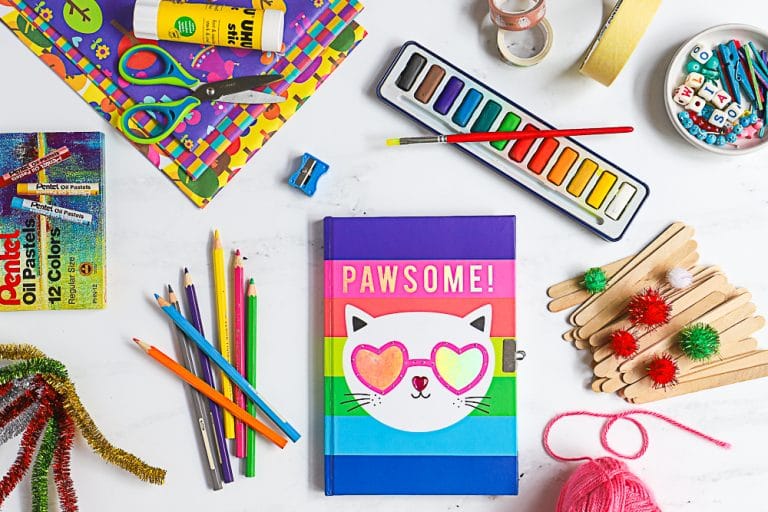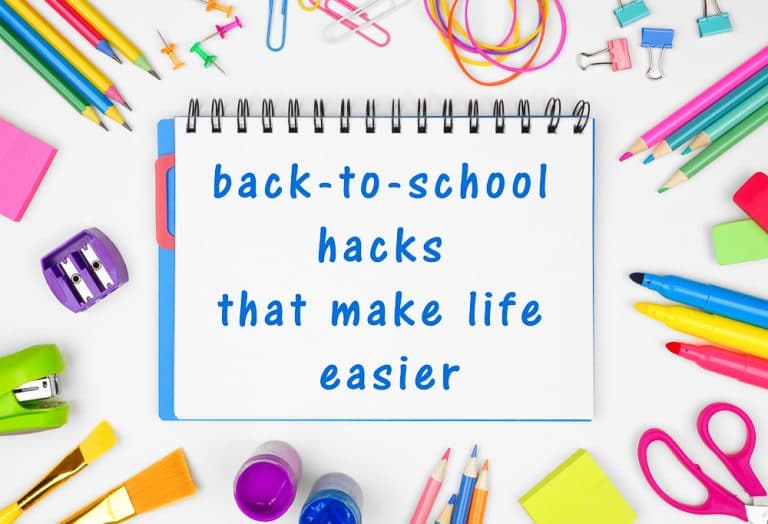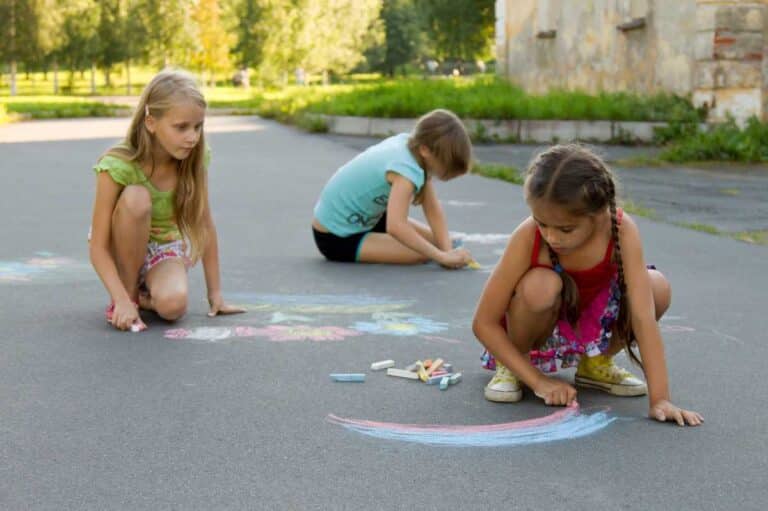Six Fun Ways To Teach Money Skills to Kids (for Ages Three to Fifteen)
This website may earn commissions from purchases made through links in this post.
Money management is a vital skill to learn. But it doesn’t have to be boring! Here are some fun ways to teach money skills to kids of all ages.
I’m a big believer in learning through life experience.
The lessons that stick the best are the ones learnt while you’re getting on with everyday life, especially if you’re having fun doing it.
Good money management is an essential skill for children to learn.
That sounds pretty heavy and serious, though. And when it comes to kids, there’s no bigger turn-off than a parent saying, ‘this is really important. You have to learn it.’
The good news is money management can be learnt in a fun, non-boring and informal manner as part of everyday living. The most important thing to remember is that children absorb what you do (do as I say, not as I do, just doesn’t work), so an essential part of their money journey is to see you model what you want your children to learn.
Here are six fun ways for kids of various ages to learn money skills.
1. Play Shop, Cafe, Hairdresser
Playing shop, cafe, hairdresser or, my favourite, massage parlour, is not only great (screen-free) fun for kids, but it also teaches them how to identify the different denominations, add costs up, calculate and give change.
For very young kids, it teaches about the exchange of goods for money. And in a world where many kids only see mum and dad tap plastic, they get a better understanding of the value of items relative to each other.
Older children learn to identify the different denominations, calculate in their head how much a basket of items will cost, and work out change.
You don’t need to go all tiger mum, keep it light and fun and the learning will happen automatically. Even better if you take a step back and they can play and learn with other kids.
2. PLAY MONOPOLY
Ok, so maybe Monopoly isn’t your idea of super fun (it isn’t mine). But it was literally designed to be a teaching aid, so no list is complete without it.
If you geek out on interesting facts like I do, then here’s a little history of the famous board game: it was derived from a game invented by Lizzie Magie, who wanted to show that an economy that rewards individuals is better than one where monopolies hold all the wealth (or in modern times, all the data).
I’m not sure it’s a lesson our society has absorbed, despite generations of all-out fisticuffs on the loungeroom floor between siblings after a quiet Sunday afternoon game of Monopoly.
Kids pick up the rules of Monopoly pretty quick. My son has been beating me at the game since he was five.
If your child is old enough to count and add up, they can learn the lessons of spending, planning, saving, and budgeting as they attempt to build their own real estate empire.
Monopoly teaches your children how to count money and make change, the importance of keeping cash on hand to cover unexpected expenses (because daddy always puts a hotel on Park Lane), smart investing, forward planning, and managing cash flow.
3. LET YOUR KIDS BUY THINGS FOR THEMSELVES
Remember the old corner store? With the row upon row of jars filled with lollies?
The lolly counter was the first encounter us oldies had with real money decisions and it served as the foundation for everything we needed to know about money.
How much can I get for 20 cents? Should I buy a giant gobstopper or 10 freckles? Do I spend it all now, or leave some for more lollies on Friday? Do I buy a bag of milk bottles and sell them for a profit at recess?
I help in our school’s tuckshop. That 20 minutes during lunchtime, when the kids are clamouring for an ice block, really brings home the fact that learning doesn’t stop when you leave the classroom.
How much do you have in your vegemite-smeared fist? Let’s count it together. Here’s what you can buy for $2. Can you tell me how much change you get? You’ll have to save your change up for next week.
A fixed allowance that kids have control over helps children learn to budget, it teaches them opportunity cost (if I buy two ice blocks, I can’t have chips) as well as appreciate that when the money is gone, it’s gone until next payday!
Money is often invisible today. We hand over a piece of plastic instead of real notes and coins. And so it’s particularly hard for children to gauge the value of items purchased and to learn fundamental money skills. So it’s imperative children are allowed the opportunity to handle real money.
The tuckshop and the lolly counter are the perfect starting places for very motivated buyers to learn. But as they get older, kids can buy their own games, clothes or other fun things they are into.
As a side note, when kids buy things themselves, they are also learning valuable social ‘transaction’ skills: hand the person the money, don’t throw it on the counter. Make eye contact when you speak to someone. Say thank you.
4. ENCOURAGE THEM TO COMMIT TO A SAVINGS GOAL
Maybe it’s a favourite toy they want to buy or a new computer game, or a new tech gadget. Saving up themselves for something that’s important to them gives children a sense of accomplishment and ownership that doesn’t come if we just buy it for them.
Delayed gratification is an important skill. When we look at the huge level of Australia-wide consumer debt (we have the second-highest household debt in the world), it’s obvious delayed gratification is a skill we need to encourage.
Why wait when you buy now, pay later?
Of course, there’s the interest that inflates the cost of the original purchase. But just as importantly, studies show that children who are good at delaying gratification grow up to be more successful, happier, and have better relationships.
Make saving money FUN and also more tangible with a savings chart that your child can colour as they work towards their goal. For the same reason, a clear jar is better than a piggy bank, unless your child is old enough for their own real bank account.
A savings chart allows them to visualise their progress, which is motivating. It’s also a point of reference for the family cheer squad.
Also, and this is a tip from my ten-year-old, kids love counting up how much is in their piggy bank. Pretending to count it wrong so they can correct you is (weirdly) something they enjoy. Whatever works, eh?
You might also like: Four Life Skills You Should Teach Your Children
5. HAND OVER THE GROCERY BUDGET
This is a suggestion for older kids.
While handing over the grocery budget every now and then is a little daunting, it’s a great way for kids to learn the essential skills they need when they leave home.
And children relish the responsibility and challenge.
You don’t have to drop them in the deep end, though.
Start young, and get them to help you plan your menu, write out a shopping list, and do the grocery shopping with you.
I’m the first to agree that shopping with young kids can be an absolute nightmare, but always leaving them at home means they never learn this essential skill.
So on occasion, when you’re feeling particularly rested and calm, bring them along.
The more they shop with you, the more they appreciate the cost of different foods. They can become quite savvy little bargain hunters, spotting a yellow discount sticker from the other end of the aisle.
You might also like: 7 Tips For Teaching Kids to Cook
6. LET THEM HELP PLAN THE FAMILY HOLIDAY
As children get older, it’s good for them to really appreciate that money is limited and you have to balance fun stuff with paying the bills.
But they’re still kids. You don’t want to burden them with adult worries before their time!
A nice balance is letting them help you plan fun activities like the family holiday or other fun family activities.
Give them a budget and some guidelines and boundaries and let them research holiday options, transport, accommodation and activities. They can then present their ideas and budget and make a case as to why those ideas are good and then the whole family can decide together on the holiday.
Money skills are important for children to learn. And as parents, it’s our responsibility to make sure our children are empowered with these skills before they leave the nest and make it in the big wide world on their own.
But learning doesn’t have to be all serious and boring. Incorporate money management skills into everyday tasks in a fun way, and those lessons will be with them for the rest of their lives.
(Edited and approved by my twelve-year-old and ten-year-old)








